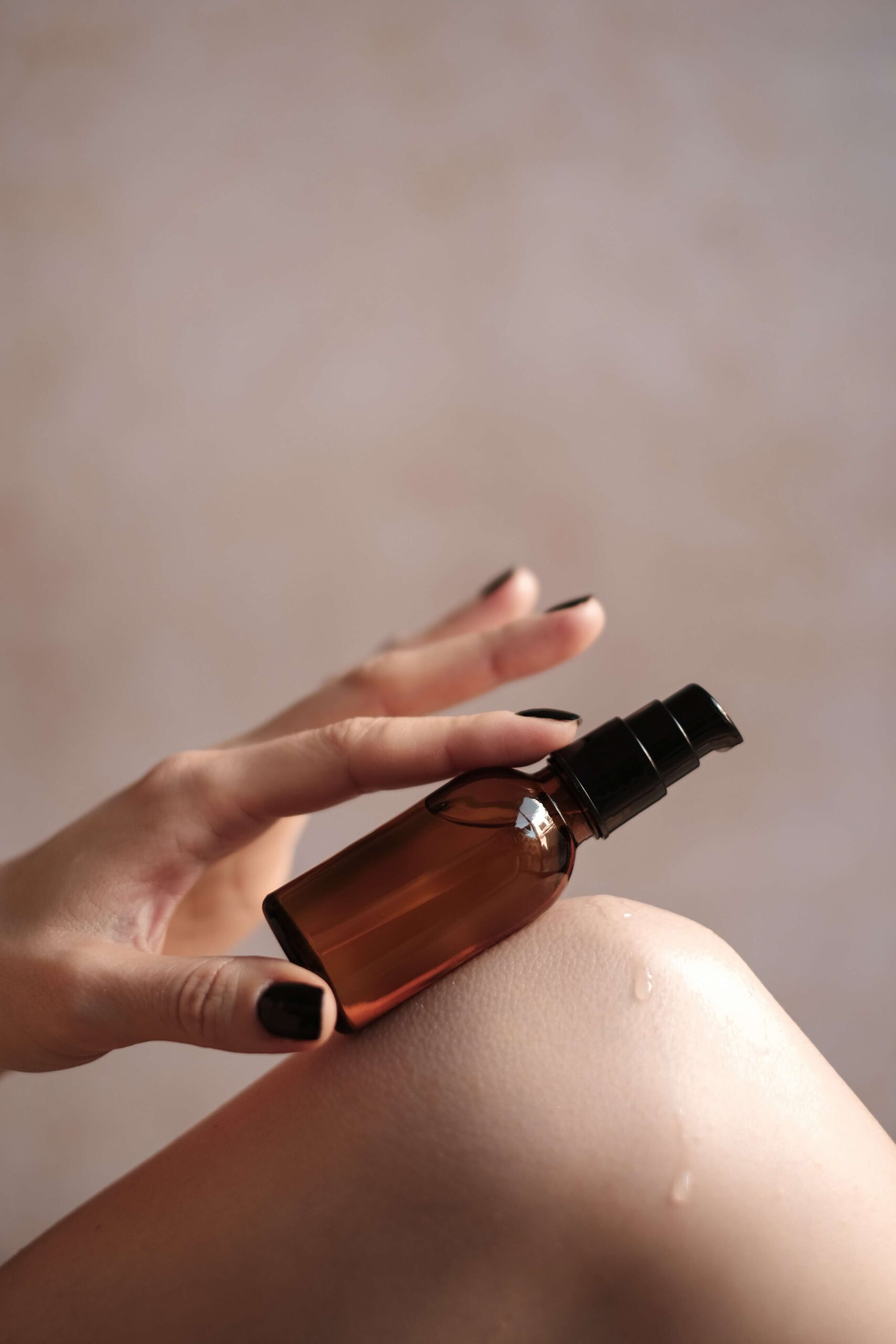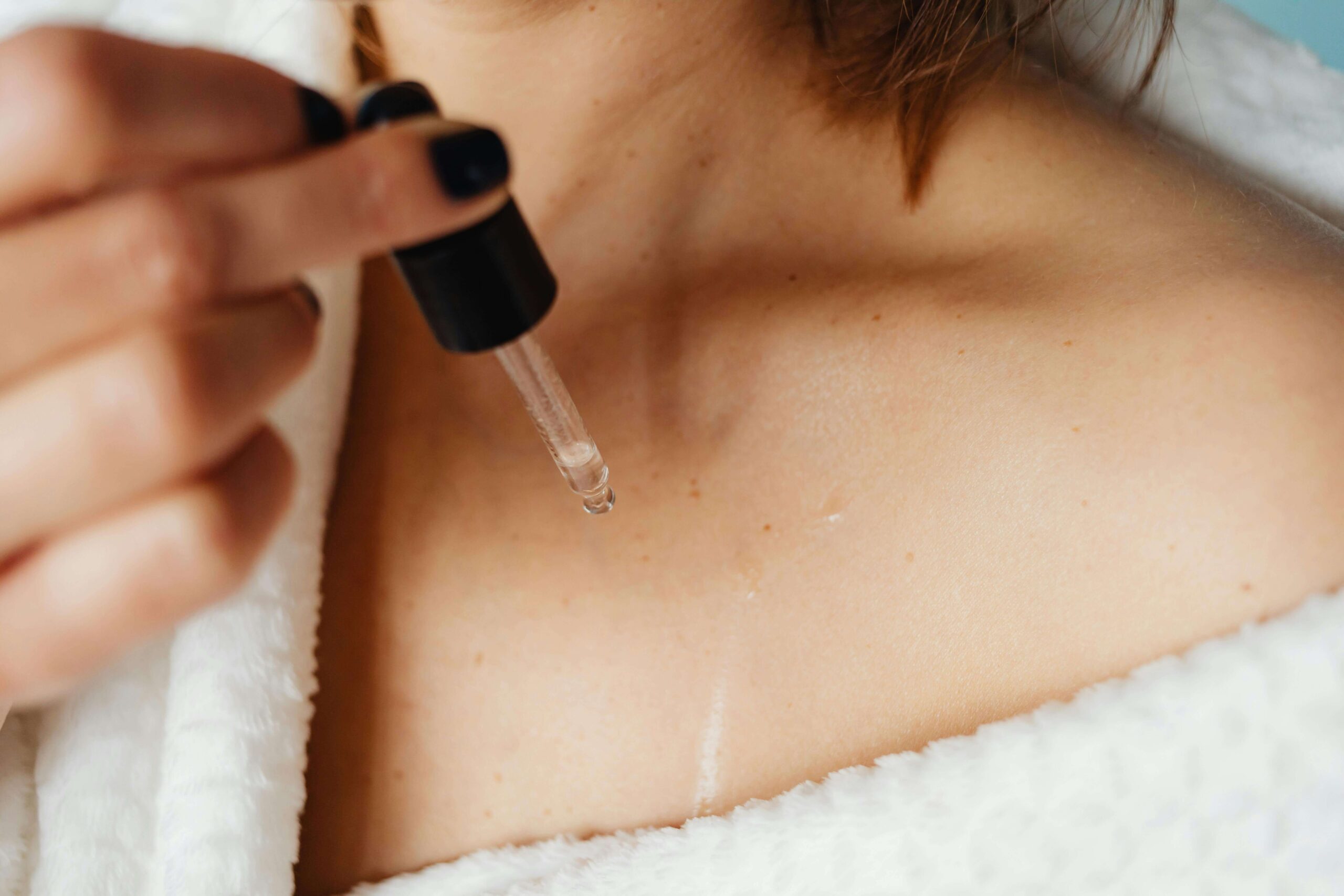With the seasons heading into cooler weather, keeping skin properly hydrated and moisturized is vital. Hydration and moisture are 2 separate components of healthy skin. Hydration refers to water, while moisture refers to oil.
When skin is dehydrated, it struggles to absorb moisture, which is why you might feel dry even after using rich products. Skin needs to be hydrated through the water we drink, the products we use and by avoiding things that pull water from the skin, also known as transepidermal water loss (TEWL).
Most of us have the moisture component in check through the popular use of oils, balms and moisturizers. It’s the hydration that we tend to overlook.
Understanding how transepidermal water loss impacts the skin can help us incorporate skin hydration into our routines correctly. With so much popularity around facial oils for skin health, and with good reason as they are nourishing and moisturizing for the skin, we also want to understand hydration with just as much importance for healthy skin. With that said, let’s dive into skin hydration and transepidermal water loss below.
What is Transepidermal Water Loss?
Picture this: your skin is like a protective fortress, shielding your body from the outside world. But sometimes the defense becomes compromised, leading to transepidermal water loss. This means that water escapes or evaporates from your skin, leading to dryness and that unpleasant tight feeling. The skin’s natural barrier, including the delicate stratum corneum, plays a key role in preventing this moisture loss.
Luckily, we can support our skin by replenishing it with natural lipids and using humectants, occlusives, and emollients. One standout ingredient is hyaluronic acid, known for its ability to attract and hold onto water, keeping your skin plump and hydrated.
What Causes Transepidermal Water Loss?
TEWL is the amount of water that passively evaporates from the layer of skin, the dermis, to the epidermis. This can happen for a few different reasons. Including environmental factors such as cold and dry environments, harsh products (squeaky clean cleansers, drying toners, over-exfoliation), and using too much water on the skin without following with humectant and occlusive products. When water evaporates from the skin, it can pull hydration with it.
A familiar way to explain this is licking the lips when they feel dry. What happens shortly after is they end up feeling dryer. As the temporary moisture evaporates, it pulls water from the skin with it during the evaporation process. Anytime we expose the skin to water through cleansing or even just splashing water on the skin, this TEWL process may occur.
If you experience chronic feelings of dehydration, tightness, and dryness, especially if you are using rich oils and balms, keep reading! Here are my top 3 tips on how to decrease water loss and increase skin hydration for a supple and glowing complexion.
How Can Transepidermal Water Loss Be Prevented
Use Less Water
The first way we can prevent TEWL without adding additional products is to use less water to cleanse the skin. You can even aim for oil cleansing with no water. This is ideal for AM routines as long as you’ve gone to bed with clean skin. Apply oil cleanser directly to dry skin, cleanse, and follow with the removal of oil with a soft, dry cloth. For PM routines, you can apply oil to dry skin to cleanse. And then remove with a damp cloth if needed to remove make-up and spf.
In both instances, apply your oil cleanser to dry skin and do not splash the face with water first. Overall, the less water applied to the skin, the less chance of dehydration through transepidermal water loss. Especially if you are dealing with extremely dry, dehydrated, sensitized skin or a dry or cold climate, opt for less water use on the skin during the cleansing process.
Products to Avoid for Transepidermal Water Loss
The second way to avoid transepidermal water loss and increase skin hydration levels is to avoid harsh cleansers, over-exfoliation, or drying and astringent ingredients. Avoiding these types of products and habits is ideal for so many aspects of skin health and a healthy, hydrated skin barrier. On the opposite end, they can be the number one culprit of dry, dehydrated skin. Take a peek at my article on how to repair your skin barrier if you’d like to learn more on this topic.
Products to Increase Skin Hydration
Ideally, cleanse the skin however best suits your complexion and immediately follow with a water-based and properly formulated occlusive toner. Then layer on a water-based serum and finish with your facial oil, balm, or moisturizer application to seal everything in.
Hydration and Moisturizing is a Multi-Step Process
A concern I hear from clients is they are using a rich balm or oil, yet their skin still feels dry. This occurs in some instances because the skin must first be hydrated (water components) to receive moisture (oil and fat components). If the skin is dehydrated, moisturizing products can have a challenging time absorbing into the skin due to the stiffness and stagnation that occurs with dehydration. I like to compare this to applying soap to a sponge. Apply soap to a dry sponge, it sits on top. Apply soap to a damp sponge, it absorbs through.
Stay hydrated by fighting off TEWL with the steps above
Understanding transepidermal water loss (TEWL) allows us to tap into the realm of skincare and encourage our skin’s natural healing abilities. Our skin’s barrier plays a vital role in maintaining moisture and hydration so say goodbye to uncomfortable dry skin feelings and encourage hydration and nourishment in your beauty routine. It’s never about conforming to beauty trends but about finding what feels right for you. Let your skin lead the way.




